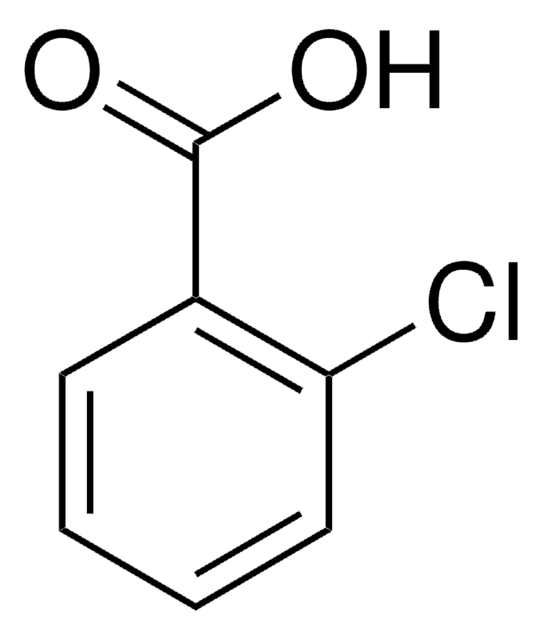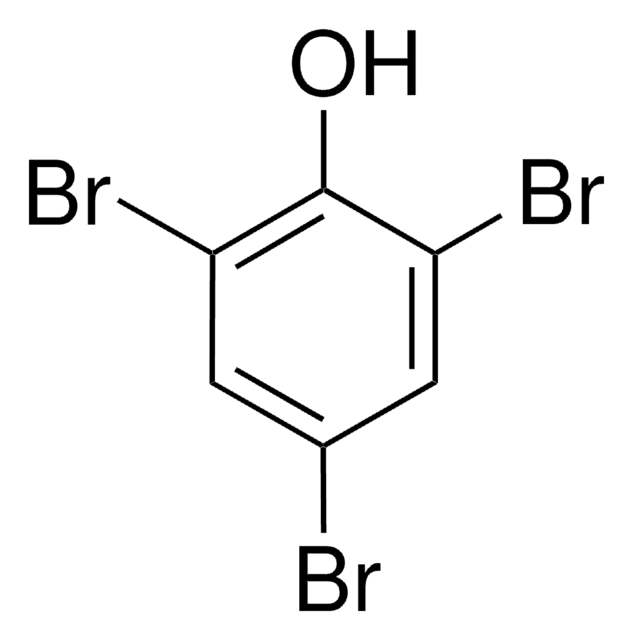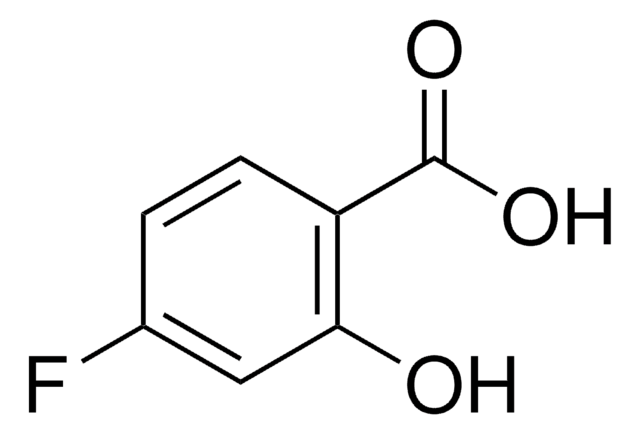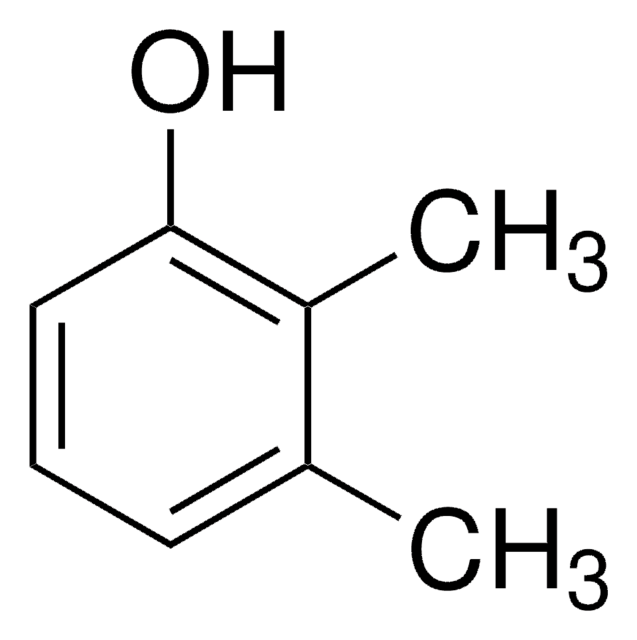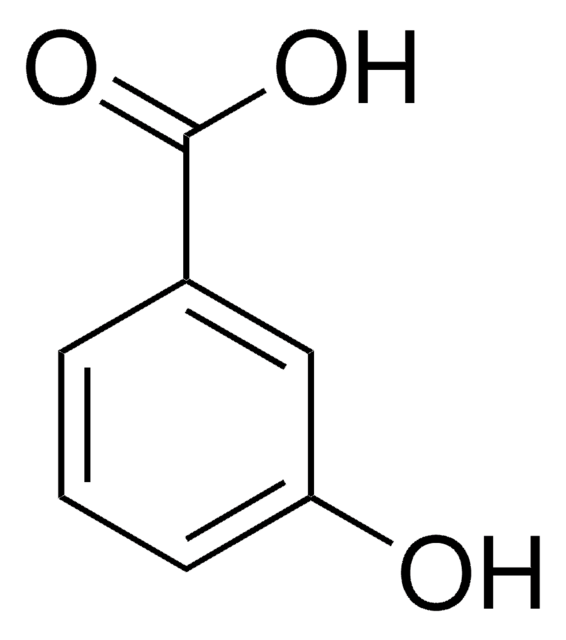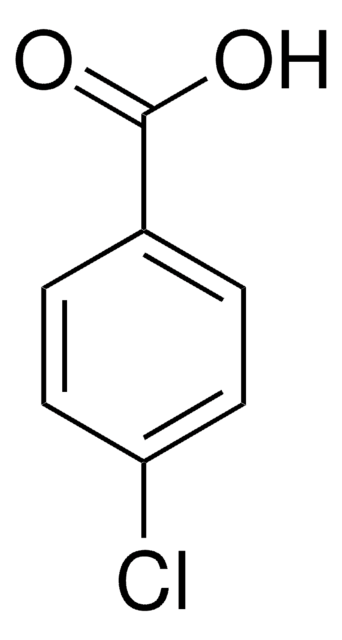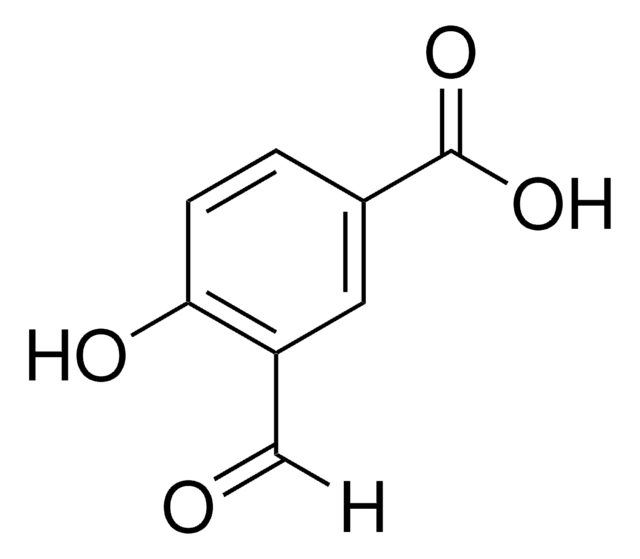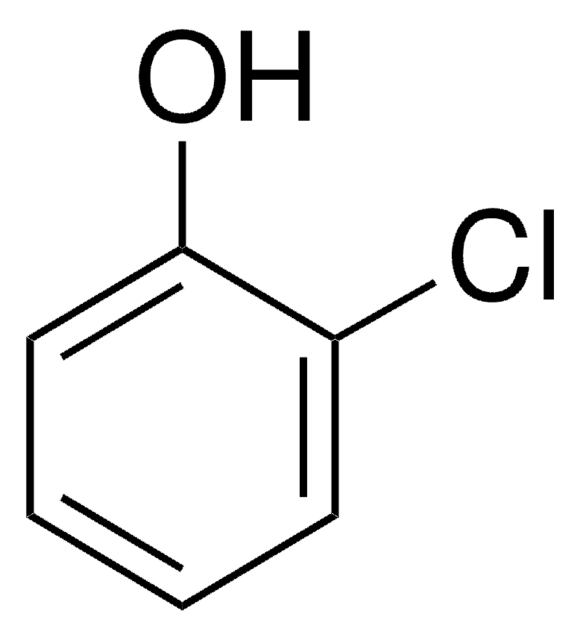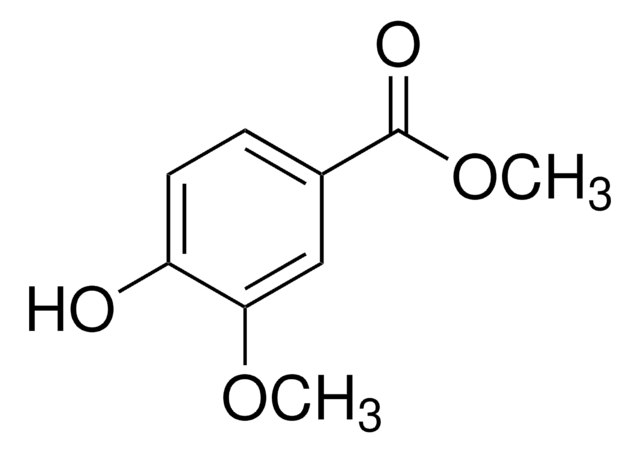All Photos(1)
About This Item
Linear Formula:
HOC6H3(CH3)CO2H
CAS Number:
Molecular Weight:
152.15
EC Number:
MDL number:
UNSPSC Code:
12352100
PubChem Substance ID:
NACRES:
NA.22
Recommended Products
Quality Level
Assay
97%
form
solid
mp
173-177 °C
SMILES string
Cc1cc(ccc1O)C(O)=O
InChI
1S/C8H8O3/c1-5-4-6(8(10)11)2-3-7(5)9/h2-4,9H,1H3,(H,10,11)
InChI key
LTFHNKUKQYVHDX-UHFFFAOYSA-N
Related Categories
Signal Word
Danger
Hazard Statements
Precautionary Statements
Hazard Classifications
Acute Tox. 4 Oral - Eye Dam. 1 - Skin Irrit. 2 - STOT SE 3
Target Organs
Respiratory system
Storage Class Code
11 - Combustible Solids
WGK
WGK 2
Flash Point(F)
Not applicable
Flash Point(C)
Not applicable
Personal Protective Equipment
dust mask type N95 (US), Eyeshields, Gloves
Certificates of Analysis (COA)
Search for Certificates of Analysis (COA) by entering the products Lot/Batch Number. Lot and Batch Numbers can be found on a product’s label following the words ‘Lot’ or ‘Batch’.
Already Own This Product?
Find documentation for the products that you have recently purchased in the Document Library.
Yang Pan et al.
Water research, 88, 60-68 (2015-10-17)
Chlorine/chloramine residuals are maintained in drinking water distribution systems to prevent microbial contamination and microorganism regrowth. During household cooking processes (e.g., soup making), the residual chlorine/chloramines in tap water may react with the iodide in iodized table salt to form
Yang Pan et al.
Chemosphere, 144, 2312-2320 (2015-11-26)
During drinking water disinfection, iodinated disinfection byproducts (I-DBPs) can be generated through reactions between iodide, disinfectants, and natural organic matter. Drinking water I-DBPs have been increasingly attracting attention as emerging organic pollutants as a result of their significantly higher toxicity
F Guneral et al.
Clinical chemistry, 40(6), 862-866 (1994-06-01)
Organic acid concentrations were quantified by gas chromatography and the individual acids identified by mass spectrometry in urine specimens from a healthy Turkish pediatric population of ages 2 days to 16 years, subdivided into five age groups. We quantified 69
Our team of scientists has experience in all areas of research including Life Science, Material Science, Chemical Synthesis, Chromatography, Analytical and many others.
Contact Technical Service